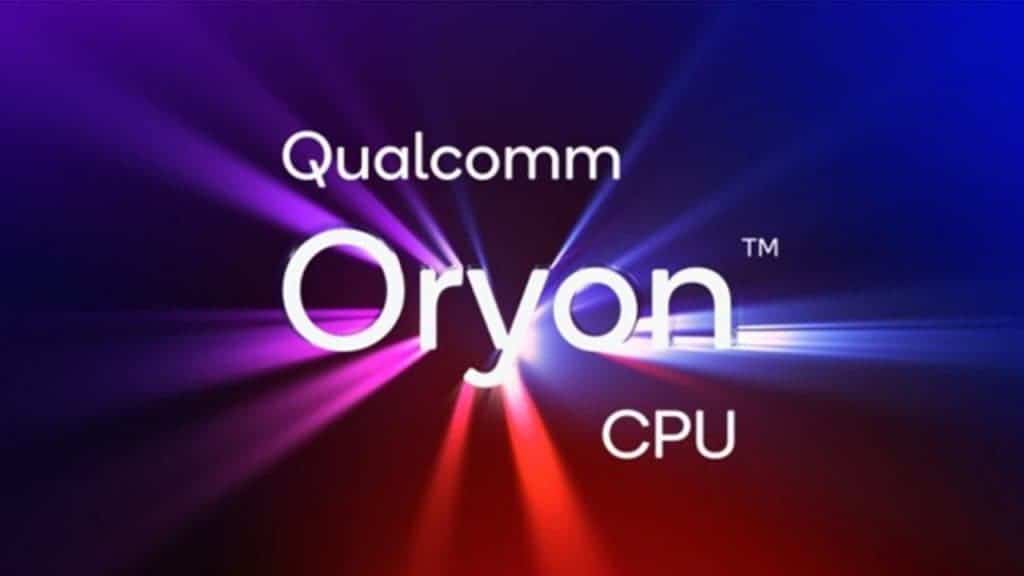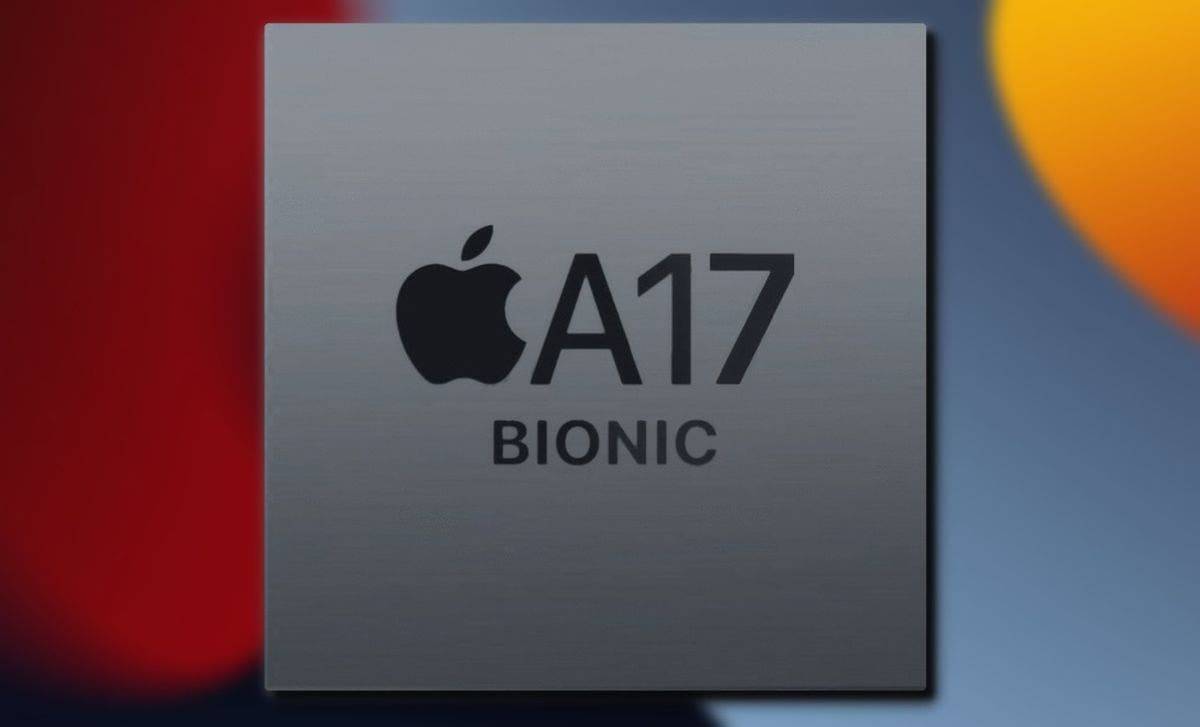In an effort to stay competitive in the fast-growing smartphone chipset market, Qualcomm is reportedly reworking its upcoming Snapdragon 8 Gen4 processor to increase the target frequency to an impressive 4.26 GHz. This strategic decision comes in response to the expected launch of Apple’s powerful M4/A18 Pro chipset, which is expected to power the iPhone 16 series.
Qualcomm’s confidence in Snapdragon 8 Gen4
According to blogger jasonwill101, Qualcomm is confident about the redesigned Snapdragon 8 Gen4 processor. The company believes it will reach the target frequency of 4.26 GHz with TSMC’s 3-nanometer “N3E” technology. This confidence stems from the adoption of Qualcomm’s proprietary Nuvia Phoenix architecture, which is expected to offer higher performance advantages compared to the ARM architecture. The Snapdragon 8 Gen4 is also set to feature a unique Oryon CPU with six custom performance cores, promising superior performance over MediaTek’s Dimensity 9400. Qualcomm’s chief marketing officer, Don McGuire, hinted at “the evolution of our NPU story,” implying significant upgrades to the neural processing unit.
Adopting the Nuvia Phoenix architecture
Qualcomm made a huge decision to ditch ARM’s public release architecture and instead adopt its proprietary Nuvia Phoenix architecture for the Snapdragon 8 Gen4. The move marks the first time Qualcomm has completely independently developed a system-on-a-chip (SoC). The Nuvia Phoenix architecture is expected to offer higher performance advantages over the ARM architecture, thanks to Qualcomm’s acquisition of Nuvia, a company known for its expertise in high-performance processor design.
Qualcomm’s efforts to address competitive pressures and technical challenges, as seen in the Snapdragon 8 Gen4 redesign, suggest that the smartphone market will become even more fiercely competitive in the future. As chipset manufacturers strive to deliver the best performance and features, users can expect to see significant advancements in smartphone capabilities.

Benchmarking and performance comparisons
To better understand the performance capabilities of Snapdragon 8 Gen4 and Apple Bionic A18 Pro, it is important to look at benchmark results and performance comparisons. Recent leaks suggest that the Snapdragon 8 Gen4 could achieve a single-core score of 3500, surpassing the predicted maximum of 3300 for the A18 Pro. However, it is important to note that these are early estimates and actual performance may vary.
In terms of multi-core performance, the Snapdragon 8 Gen4 is likely to excel, potentially surpassing its competitors. Snapdragon 8 Gen4 GPU performance should also be faster, improving gaming experiences and graphics processing capabilities
Gizchina News of the week
Manufacturing process and energy efficiency
The Snapdragon 8 Gen4 should be Qualcomm’s first chip to use the 3nm process. This can lead to improvements in miniaturization and energy efficiency. However, the increased clock speed of 4.3 GHz for the main core can lead to higher power consumption and potential overheating issues. Qualcomm will need to carefully balance performance and power efficiency to ensure a smooth user experience. Mobile phone manufacturers may need to use larger heatsink areas to ensure the Snapdragon 8 Gen4 can maintain high performance levels.
It is worth noting that the Snapdragon 8 Gen4 processor does not support the Scalable Matrix Extension (SME) feature. In contrast, Apple’s upcoming A18 Pro chipset is expected to adopt the ARMv9 architecture and support “Scalable Matrix Extension” technology. This feature gap may have prompted Qualcomm to increase the Snapdragon 8 Gen4’s target frequency to close the performance gap with its rivals.
Apple Bionic A18 Pro: A formidable competitor
The Apple Bionic A18 Pro, which can power the iPhone 16 Pro and iPhone 16 Pro Max, has been making a lot of noise lately due to a leaked benchmark result. Built on cutting-edge technology, this chip will integrate advanced features. It will also focus on efficiency and power. Thus, we expect the A18 Pro to deliver lightning-fast speeds and seamless multitasking capabilities.

According to reports, the A18 Pro scored 3,300 points in the single-core test and 8,200 points in the multi-core test. These results represent a significant increase over the A17 Pro, which scored 2,898 points in single-core and 7,201 points in multi-core tests. While the Snapdragon 8 Gen4 can outperform the A18 Pro in single-core performance, the A18 Pro should outperform the Snapdragon 8 Gen4 in multi-core tests. Also, the A18 Pro can outshine the Apple M3 chip in the 14-inch MacBook Pro.
One key strength of Apple Bionic A18 Pro lies in its neural engine that improves AI performance and enables a range of intelligent features such as advanced image processing and machine learning tasks. This neural engine not only enhances the overall performance of the device, but also paves the way for exciting possibilities in augmented reality and computational photography, making the A18 Pro a versatile powerhouse for a wide range of applications.
Conclusion
The battle between Qualcomm’s Snapdragon 8 Gen4 and Apple’s Bionic A18 Pro is shaping up to be an exciting one, with both chipsets promising significant performance improvements. Qualcomm’s decision to raise the target frequency of Snapdragon 8 Gen4 to 4.26 GHz and adopt its proprietary Nuvia Phoenix architecture demonstrates the company’s commitment to remain competitive in the market.
However, Qualcomm will have to deal with the lack of Scalable Matrix Extension (SME) support and manage the thermal challenges associated with increased clock speeds. Apple’s Bionic A18 Pro, with its impressive benchmark results and adoption of the ARMv9 architecture, will undoubtedly give the Snapdragon 8 Gen4 a run for its money.
As the smartphone market continues to evolve, consumers can expect to see even more powerful and efficient chipsets from Qualcomm and Apple in the coming years. The fierce competition between these two tech giants will undoubtedly drive innovation and push the boundaries of what’s possible in mobile computing.
Snapdragon 8 Gen4 frequency will exceed 4GHz: Close in on Apple Bionic A18 Pro






